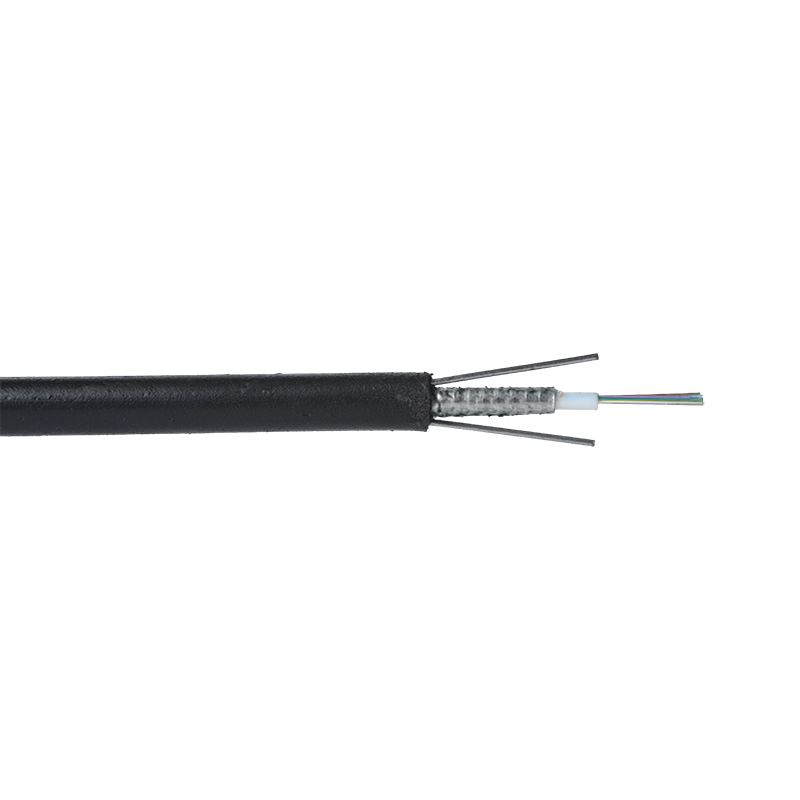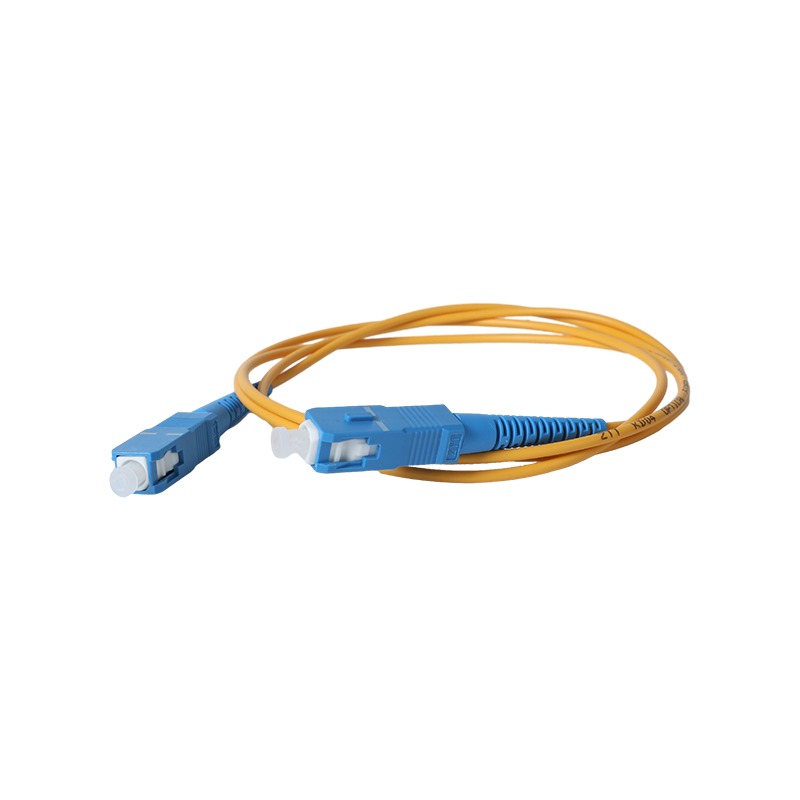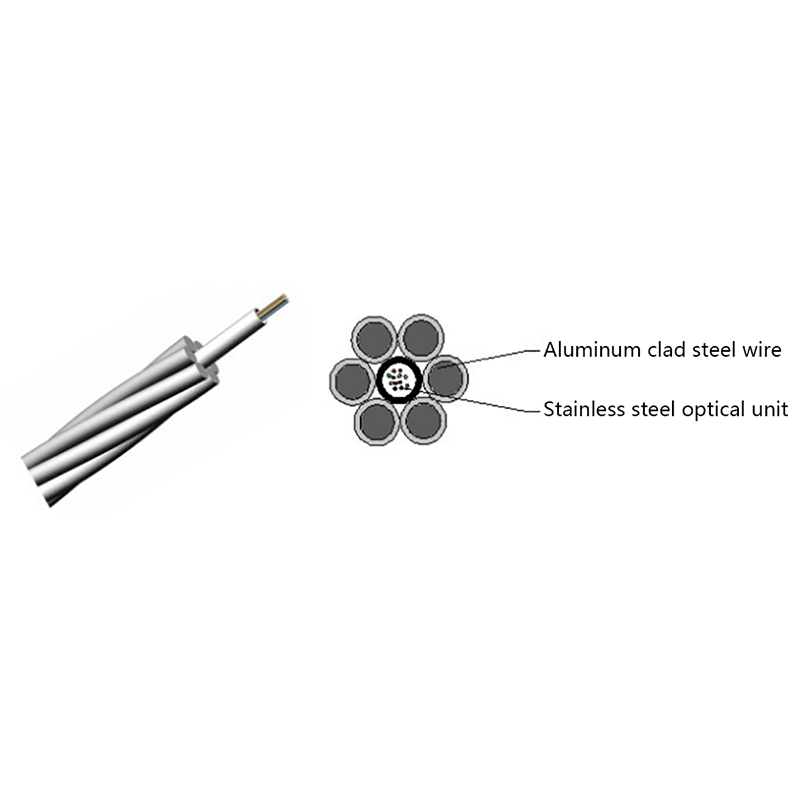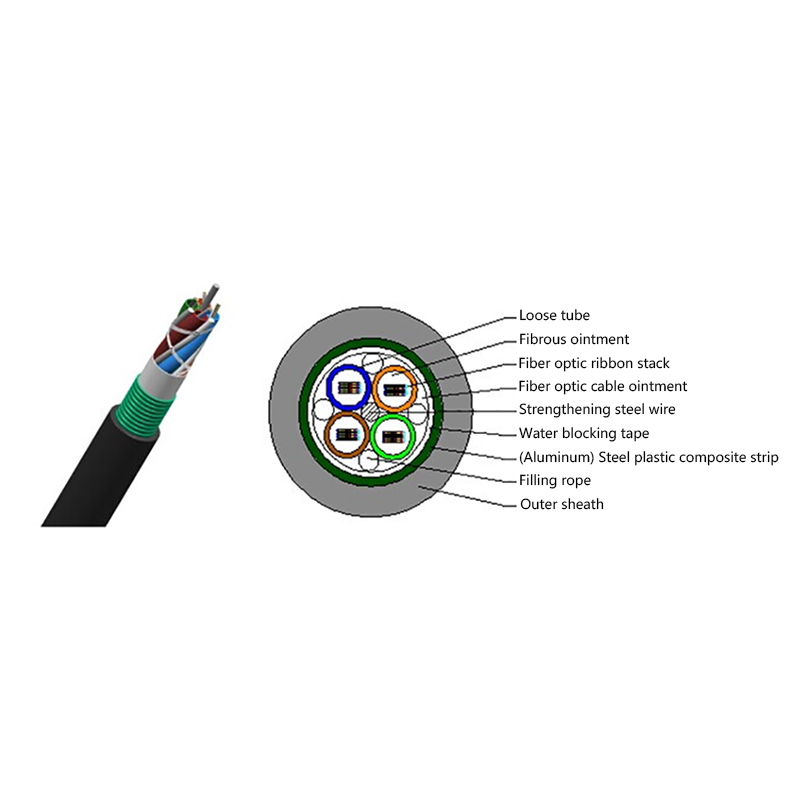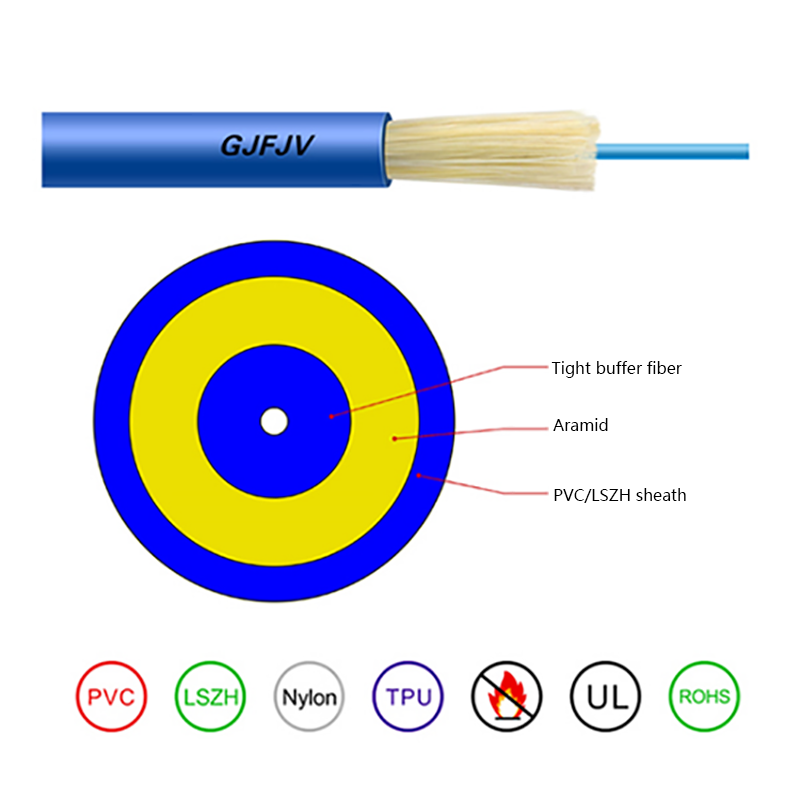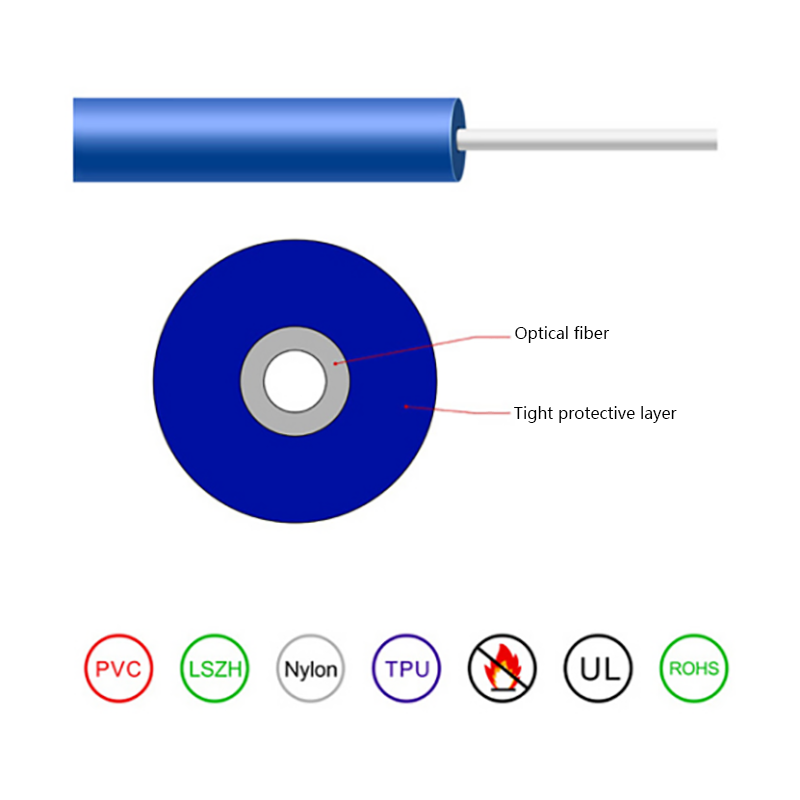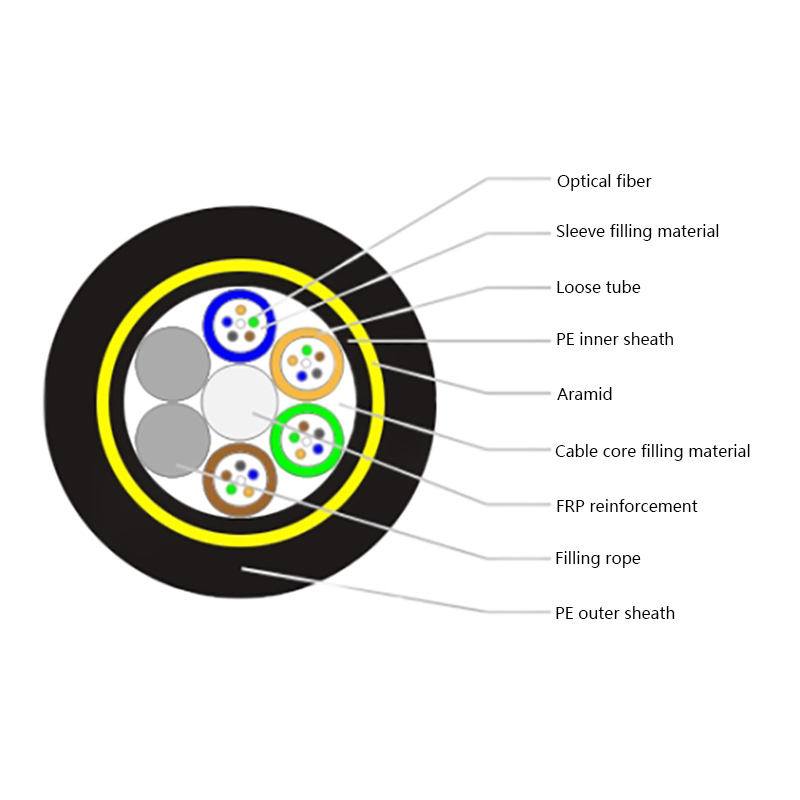How Do FTTH Butterfly Optic Cables Contribute to Fiber-to-the-Home Installations
Fiber-to-the-home, commonly known as FTTH, represents a modern solution for delivering high-speed internet and communication services directly to residential and commercial users. As the demand for stable and rapid data transmission grows, the infrastructure that supports FTTH systems becomes increasingly important. Among the many components that make up a fiber-optic network, FTTH butterfly optic cables have gained special attention for their flexibility, compact design, and efficiency in installation. Understanding how these cables function and why they are used can help technicians, engineers, and even homeowners make informed decisions about building or maintaining a fiber-optic network.
1. Understanding FTTH and Its Purpose
FTTH technology is designed to deliver optical fiber connections directly from the central office of an internet service provider to individual homes or buildings. Unlike traditional copper or coaxial cables, fiber optics transmit data using light rather than electrical signals. This allows for significantly higher data speeds, minimal signal loss, and improved reliability over long distances.
The goal of FTTH is to ensure that end users receive a high-quality internet experience with enough bandwidth to support modern digital activities such as video streaming, online gaming, remote work, and smart home applications. However, achieving this efficiency depends heavily on the quality and design of the cabling system used throughout the installation.
FTTH butterfly optic cables are specifically developed for such applications because they simplify deployment while maintaining optical performance and durability.
2. What Are FTTH Butterfly Optic Cables
An FTTH butterfly optic cable, sometimes referred to as a flat drop cable, is a special type of optical fiber cable designed for last-mile fiber connections. The term butterfly refers to its flat and symmetrical cross-sectional shape, which resembles the wings of a butterfly. This design provides both flexibility and strength while ensuring that the fiber inside remains well-protected during installation and operation.
Typically, a butterfly optic cable consists of one or two single-mode fibers positioned in the center. These fibers are surrounded by two parallel strength members, usually made from steel wire or fiber-reinforced plastic, which provide mechanical protection and prevent the cable from stretching or breaking. The entire structure is then encased in an outer jacket made from a durable, flame-retardant material suitable for indoor or outdoor use.
This simple yet effective structure makes the butterfly cable lightweight, easy to handle, and resistant to bending or crushing forces.
3. Structural Features That Support FTTH Installations
Several design characteristics make butterfly optic cables particularly well-suited for fiber-to-the-home networks.
Compact size
The cable’s flat structure allows it to be installed along walls, ceilings, or tight spaces without requiring large conduits. This is ideal for residential environments where aesthetics and minimal disruption are important.
Mechanical strength
Reinforcement materials on both sides of the fiber provide high tensile strength and excellent resistance to crushing. This means the cable can withstand pulling forces during installation without damaging the optical fibers inside.
Easy handling
The butterfly cable is flexible yet maintains a stable shape. Installers can easily strip the jacket and prepare the cable for termination using standard fiber tools.
Low bending loss
Thanks to the fiber’s structure and materials, the cable can be bent at smaller radii compared to conventional cables. This feature is crucial for in-building installations where cables must follow corners or curves.
Versatility
Butterfly cables are available in different types, including indoor, outdoor, and self-supporting aerial variants. This versatility enables them to be used throughout various stages of FTTH deployment, from distribution points to subscriber terminals.
4. Role of Butterfly Optic Cables in FTTH Networks
The main contribution of butterfly optic cables lies in their ability to bridge the gap between the main fiber distribution network and the end user’s premises. In an FTTH system, large trunk cables carry multiple optical fibers from the central office to distribution points located near residential areas. From there, smaller cables must connect individual homes or apartments to the network.
Butterfly optic cables serve precisely this purpose. Their flexible and lightweight design allows technicians to route them easily through ducts, walls, and even directly on building surfaces without causing major structural changes. This simplifies the process of extending the optical signal all the way to the user’s terminal device.
Furthermore, because the cables are designed to protect the optical fiber from stress and damage, they maintain signal integrity even when bent or installed in confined areas. This ensures consistent network performance and minimizes the need for maintenance or replacement.
5. Installation Advantages
One of the key reasons butterfly optic cables are widely used in FTTH projects is their ease of installation. Traditional round cables often require specialized conduits or protective tubes, whereas butterfly cables can be directly adhered to surfaces or installed using simple clips.
Simplified routing
The flat shape allows the cable to follow architectural lines, such as along door frames or baseboards. This makes the installation process cleaner and less invasive, which is particularly beneficial in finished homes.
Reduced installation time
Because the cables are easy to strip and terminate, technicians can complete installations faster. The lower risk of fiber damage also reduces rework and improves efficiency.
Compatibility with connectors
Butterfly optic cables are compatible with a wide range of connectors, such as SC and LC types, which are commonly used in FTTH systems. Pre-terminated versions are also available, further speeding up installation.
Cost-effectiveness
Simpler installation procedures mean less labor and fewer materials, which helps reduce overall deployment costs. Although the initial cable may be slightly more expensive than traditional cables, the reduced labor and maintenance costs make it a cost-effective solution in the long run.
6. Performance Benefits
Butterfly optic cables do not merely simplify installation; they also enhance network performance in several ways.
Low signal loss
The single-mode optical fibers used in butterfly cables allow for high-speed data transmission over long distances with minimal attenuation. This ensures reliable and stable network performance even in demanding environments.
Stable transmission
Because of the robust structure, butterfly cables maintain fiber alignment and protection under mechanical stress, reducing the likelihood of microbends or macrobends that could affect transmission quality.
Environmental resilience
Many butterfly cables are designed to resist moisture, temperature changes, and ultraviolet exposure. This allows them to function effectively both indoors and outdoors without degradation.
Long service life
The materials used in the sheath and strength members ensure durability and extended service life, minimizing replacement needs and ensuring long-term reliability for FTTH systems.

7. Integration in Different Installation Scenarios
Butterfly optic cables can be deployed in various environments depending on the network design and user requirements.
Indoor installation
For apartments or office buildings, butterfly cables are often installed along walls, ceilings, or conduits to connect floor distribution boxes with user outlets. Their small size ensures that they do not interfere with the interior design.
Outdoor installation
In outdoor applications, strengthened butterfly cables with water-blocking layers or UV-resistant jackets are used to connect poles or building exteriors. These cables can withstand environmental stress such as rain or sunlight.
Aerial or self-supporting installations
Some butterfly cables are designed with additional support structures, allowing them to be suspended between poles without the need for messenger wires. This reduces infrastructure costs and simplifies rural deployments.
Direct burial or conduit use
Certain reinforced butterfly cables can be laid underground within protective conduits, offering another method of extending FTTH networks to suburban or rural homes.
8. Maintenance and Longevity
Once installed, butterfly optic cables require minimal maintenance. Their strong protective layers safeguard the internal fibers from dust, moisture, and physical damage. However, routine inspection can ensure continued performance.
Inspection frequency
Periodic checks of cable routes can detect any bending or crushing issues that might affect signal transmission.
Repair procedures
If damage occurs, butterfly cables can be easily re-terminated using mechanical or fusion splicing methods. The flat structure allows technicians to quickly locate the damaged section and perform localized repairs.
Testing and verification
Optical time-domain reflectometers (OTDRs) are often used to check for signal loss or breaks. Because butterfly cables maintain consistent attenuation, anomalies can be quickly identified and corrected.
With proper installation and care, an FTTH butterfly optic cable can function effectively for decades, maintaining high data transmission quality throughout its service life.
9. Contribution to the Growth of Fiber Networks
The adoption of FTTH butterfly optic cables has had a significant impact on the expansion of fiber-optic networks worldwide. Their flexibility and ease of use have made it feasible for service providers to extend high-speed connections to areas that were previously difficult or costly to reach.
As urban and rural communities continue to demand faster internet connections, the ability to deploy fiber quickly and efficiently has become a major competitive factor. Butterfly cables enable this by reducing installation time, simplifying design, and maintaining performance across different environments.
In essence, these cables play a crucial role in making fiber-to-the-home technology more accessible, reliable, and sustainable.
10. Conclusion
FTTH butterfly optic cables serve as one of the most essential components in modern fiber-optic installations. Their design combines flexibility, strength, and efficiency, allowing them to be easily deployed in residential and commercial buildings. By reducing installation complexity and maintaining high performance, these cables help bridge the gap between network infrastructure and end users.
They not only simplify how fiber is brought into homes but also contribute to the overall reliability and speed of FTTH systems. As global demand for faster and more stable internet continues to rise, the role of butterfly optic cables in connecting communities will remain vital. Their adaptability and performance ensure that fiber-to-the-home technology continues to evolve toward greater efficiency and accessibility for everyone.



 English
English русский
русский Español
Español عربى
عربى 中文简体
中文简体


